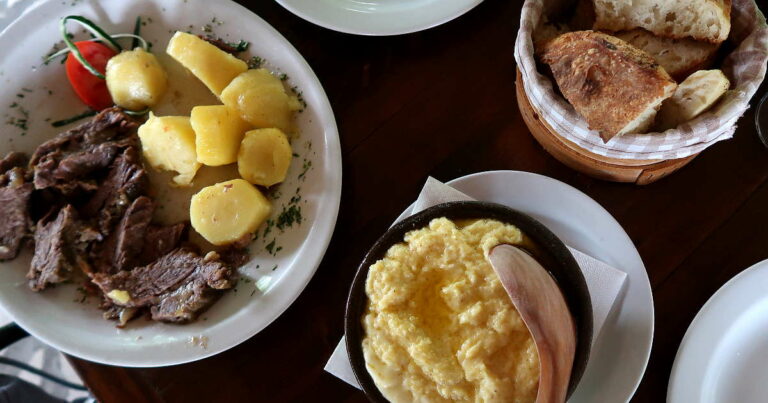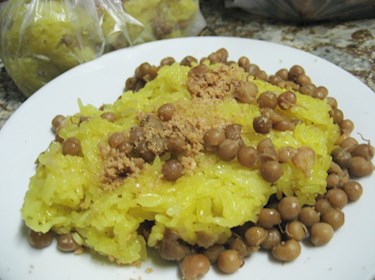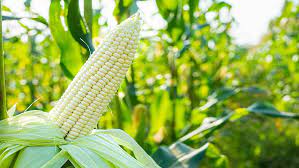Introduction: Montenegrin Cuisine Overview
Montenegro is a small country located in the Balkans, with a rich and diverse cuisine that reflects its history, geography, and cultural influences. Montenegrin cuisine is characterized by its simplicity, freshness, and the use of fresh and natural ingredients. The traditional Montenegrin cuisine is based on a Mediterranean diet that includes an abundance of seafood, vegetables, fruits, and dairy products.
Dairy Production and Consumption in Montenegro
Dairy products are an essential part of Montenegrin cuisine, and they have been an integral part of the country’s culinary heritage for centuries. Montenegro’s favorable geographical and climatic conditions have made dairy farming a significant industry in the country. The fertile soil, mountainous terrain, and abundant water resources have helped Montenegro become one of the leading milk producers in the Balkans. According to the latest statistics, Montenegro produces over 250 million liters of milk annually, with 70% of it being cow’s milk.
Dairy Products in Traditional Montenegrin Cuisine
Dairy products such as cheese, milk, cream, and yogurt are widely used in traditional Montenegrin cuisine. Cheese is an integral part of Montenegrin cuisine and is used in many dishes. The most popular types of cheese are Njeguški sir, Kolasin cheese, Pljevaljski cheese, and Cetinjski cheese. Another popular dairy product is kajmak, a type of thick cream made from boiled milk. Kajmak is used as a spread on bread, as an ingredient in traditional Montenegrin dishes, and as a side dish. Montenegrin cuisine also includes other dairy-based dishes like priganice (doughnuts), cicvara (a type of porridge), and fresh cheese, which is often served with honey.
Health Benefits of Dairy in Montenegrin Diet
Dairy products are an essential part of a healthy and balanced diet, and Montenegrin cuisine is no exception. Dairy products are a rich source of protein, calcium, and vitamins, which are essential for maintaining healthy bones, teeth, and muscles. Studies have shown that consuming dairy products can also help reduce the risk of chronic diseases like osteoporosis, hypertension, and obesity.
Dairy’s Role in Montenegrin Festivities and Celebrations
Dairy products are an essential part of Montenegrin festivities and celebrations. For example, during the traditional Montenegrin holiday of Ivanjdan, people make a special type of cheese called Ivanjica. This cheese is made exclusively on this holiday and is believed to have unique healing powers. Another example is the traditional Montenegrin wedding, where dairy products like cheese, milk, and cream are used in many dishes, including the wedding cake.
Conclusion: Dairy, a Cornerstone of Montenegrin Culinary Heritage
Dairy products are an essential part of Montenegrin cuisine and culture. From traditional dishes to festive celebrations, dairy products have played a significant role in shaping Montenegrin culinary heritage. With its numerous health benefits and delicious taste, dairy products will continue to be a cornerstone of Montenegrin cuisine for generations to come.





